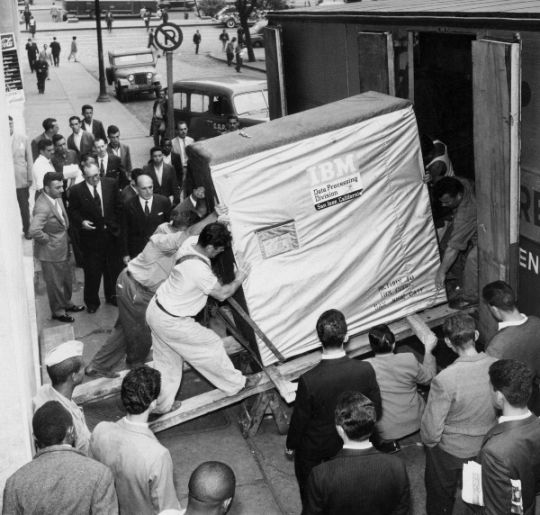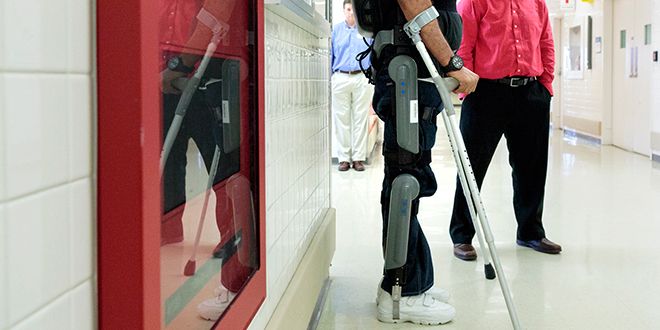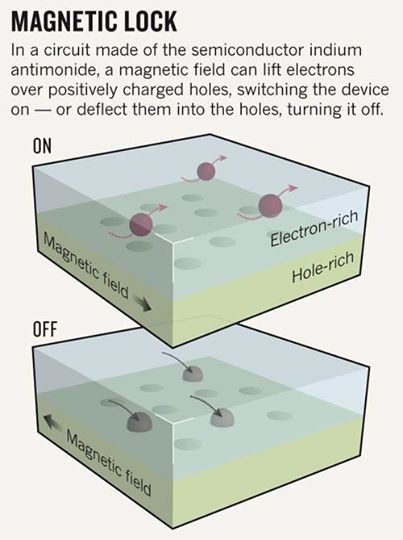Archive for the ‘computing’ category: Page 757
Sep 22, 2015
IBM Smarter PlanetVoice: Meet The Brain-Inspired Computer Chip That Can Smell, Feel And Hear
Posted by Shailesh Prasad in categories: computing, neuroscience
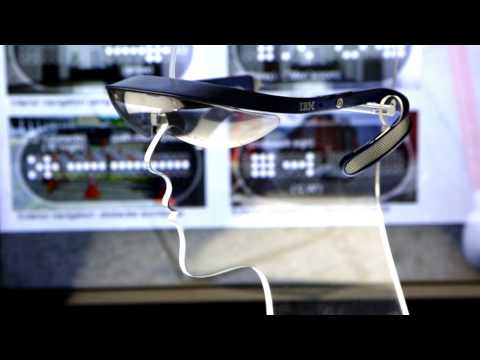
By Dharmendra S. Modha, Ph. D., IBM Research
Building a computer that could match the power of the human brain has long been a goal of scientists.
Sep 22, 2015
Your Brain Isn’t a Computer. It’s a Quantum Field.
Posted by Shailesh Prasad in categories: computing, neuroscience, quantum physics
For centuries, religious texts have explored the idea that reality breaks down once we get past our surface perceptions of it; and yet, it is through these ambiguities that we understand more about ourselves and our world. In the Old Testament, the embattled Job pleads with God for an explanation as to why he has endured so much suffering. God then quizzically replies, “Where were you when I laid the foundations of the earth?” (Job 38:4). The question seems nonsensical — why would God ask a person in his creation where he was when God himself created the world? But this paradox is little different from the one in Einstein’s famous challenge to Heisenberg’s “Uncertainty Principle”: “God does not play dice with the universe.” As Stephen Hawking counters, “Even God is bound by the uncertainty principle” because if all outcomes were deterministic then God would not be God. His being the universe’s “inveterate gambler” is the unpredictable certainty that creates him.
The mind then, according to quantum cognition, “gambles” with our “uncertain” reason, feelings, and biases to produce competing thoughts, ideas, and opinions. Then we synthesize those competing options to relate to our relatively “certain” realities. By examining our minds at a quantum level, we change them, and by changing them, we change the reality that shapes them.
Sep 21, 2015
Crystallizing the DNA nanotechnology dream: Scientists have designed the first large DNA crystals
Posted by Shailesh Prasad in categories: biotech/medical, chemistry, computing, engineering, materials, nanotechnology
DNA has garnered attention for its potential as a programmable material platform that could spawn entire new and revolutionary nanodevices in computer science, microscopy, biology, and more. Researchers have been working to master the ability to coax DNA molecules to self assemble into the precise shapes and sizes needed in order to fully realize these nanotechnology dreams.
For the last 20 years, scientists have tried to design large DNA crystals with precisely prescribed depth and complex features – a design quest just fulfilled by a team at Harvard’s Wyss Institute for Biologically Inspired Engineering. The team built 32 DNA crystals with precisely-defined depth and an assortment of sophisticated three-dimensional (3D) features, an advance reported in Nature Chemistry.
The team used their “DNA-brick self-assembly” method, which was first unveiled in a 2012 Science publication when they created more than 100 3D complex nanostructures about the size of viruses. The newly-achieved periodic crystal structures are more than 1000 times larger than those discrete DNA brick structures, sizing up closer to a speck of dust, which is actually quite large in the world of DNA nanotechnology.
Sep 21, 2015
Open Source ‘Solar Pocket Factory’ Can 3D Print a Solar Panel Every 15 Seconds
Posted by Shailesh Prasad in categories: 3D printing, computing, electronics, mobile phones, solar power, sustainability
Shawn Frayne and Alex Hornstein, two young inventors based in the Philippines, are taking their passion for clean free energy and developing a way to make it accessible and cheap for everyone. These guys are working restlessly to provide a product that could be used by practically anyone to make homemade solar panels.
The factory is small enough to fit on a desktop and efficient enough to produce 300k to one million panels per year, up to one every 15 seconds. By cutting out much of the labor intensive process, which represents 50% of the total cost, this machine can dramatically reduce the price of solar. Their pocket solar panel producer can change the way the world views electricity. Image credit: YouTube/SciFri
Continue reading “Open Source ‘Solar Pocket Factory’ Can 3D Print a Solar Panel Every 15 Seconds” »
Sep 21, 2015
This Computerized Exoskeleton Could Help Millions of People Walk Again
Posted by Shailesh Prasad in categories: computing, cyborgs, transhumanism
The ReWalk is the first bionic exoskeleton approved by the FDA for personal use. Here’s the story of how it came to be.
Sep 20, 2015
Intel and Toshiba Make 3D SSD With 10TB Capacity at Lower Prices
Posted by Shailesh Prasad in categories: computing, electronics
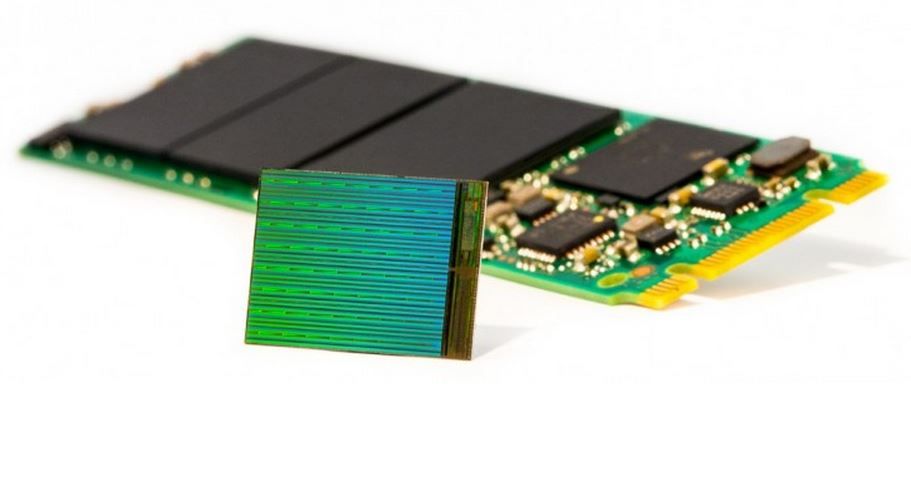
The BiCS uses 48-layer stacking process that improves reliability and speed. Toshiba was the company that invented flash memory and has the 15nm NAND cells which are the smallest in the world.
Right now company is gearing up for its mass production and giving out samples to the companies.
Continue reading “Intel and Toshiba Make 3D SSD With 10TB Capacity at Lower Prices” »
1 Bit = Binary Digit.
8 Bits = 1 Byte.
1024 Bytes = 1 Kilobyte.
Sep 20, 2015
3D Microchip Allows Information to Travel in Three Dimensions
Posted by Shailesh Prasad in category: computing
Researchers at the University of Cambridge have created a new type of microchip that allows information to move in three dimensions, left to right, back to front and up and down.
Scientists from the University of Cambridge have created, for the first time, a new type of microchip which allows information to travel in three dimensions. Currently, microchips can only pass digital information in a very limited way – from either left to right or front to back. The research was published today, 31 January, in Nature.
Dr Reinoud Lavrijsen, an author on the paper from the University of Cambridge, said: “Today’s chips are like bungalows – everything happens on the same floor. We’ve created the stairways allowing information to pass between floors.”
Sep 20, 2015
A new type of transistor that can be switched with magnetism rather than electricity could massively cut power consumption of computers
Posted by Shailesh Prasad in categories: computing, mobile phones
, cell phones and other electronic devices and allow chips to be reprogrammed, reducing the volume of circuitry required inside them.
http://www.nature.com/news/magnetic-logic-makes-for-mutable-chips-1.12321
